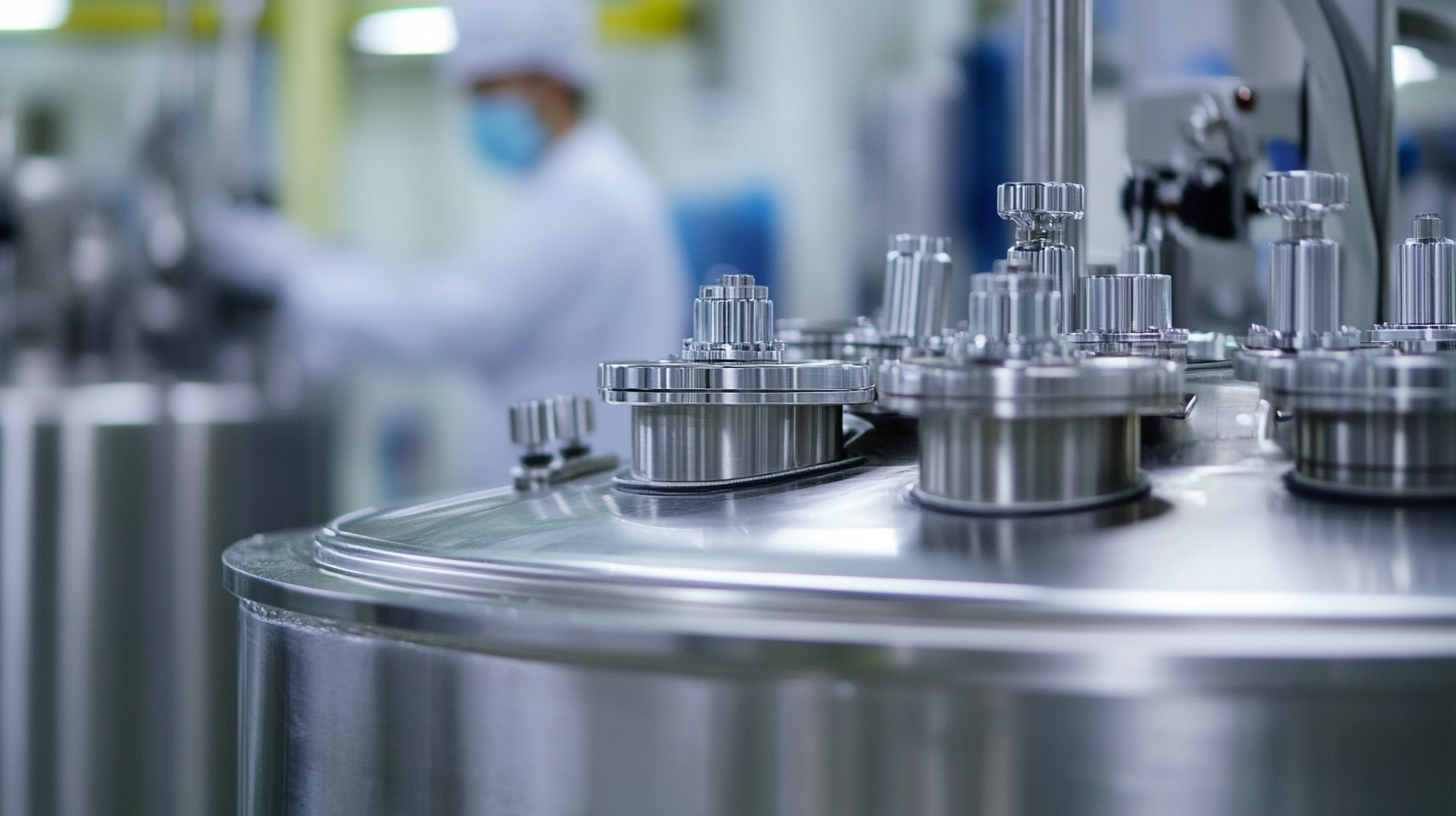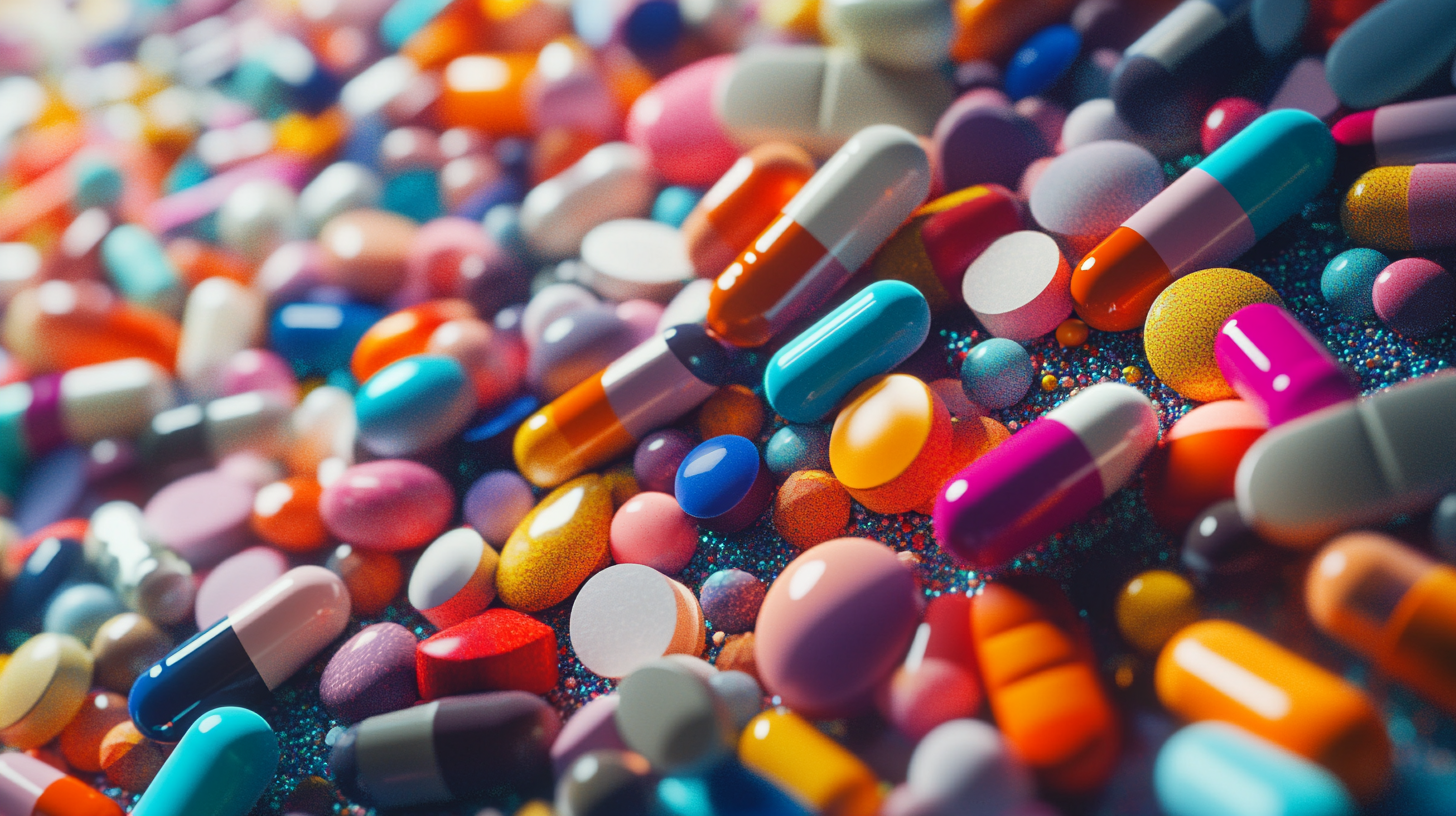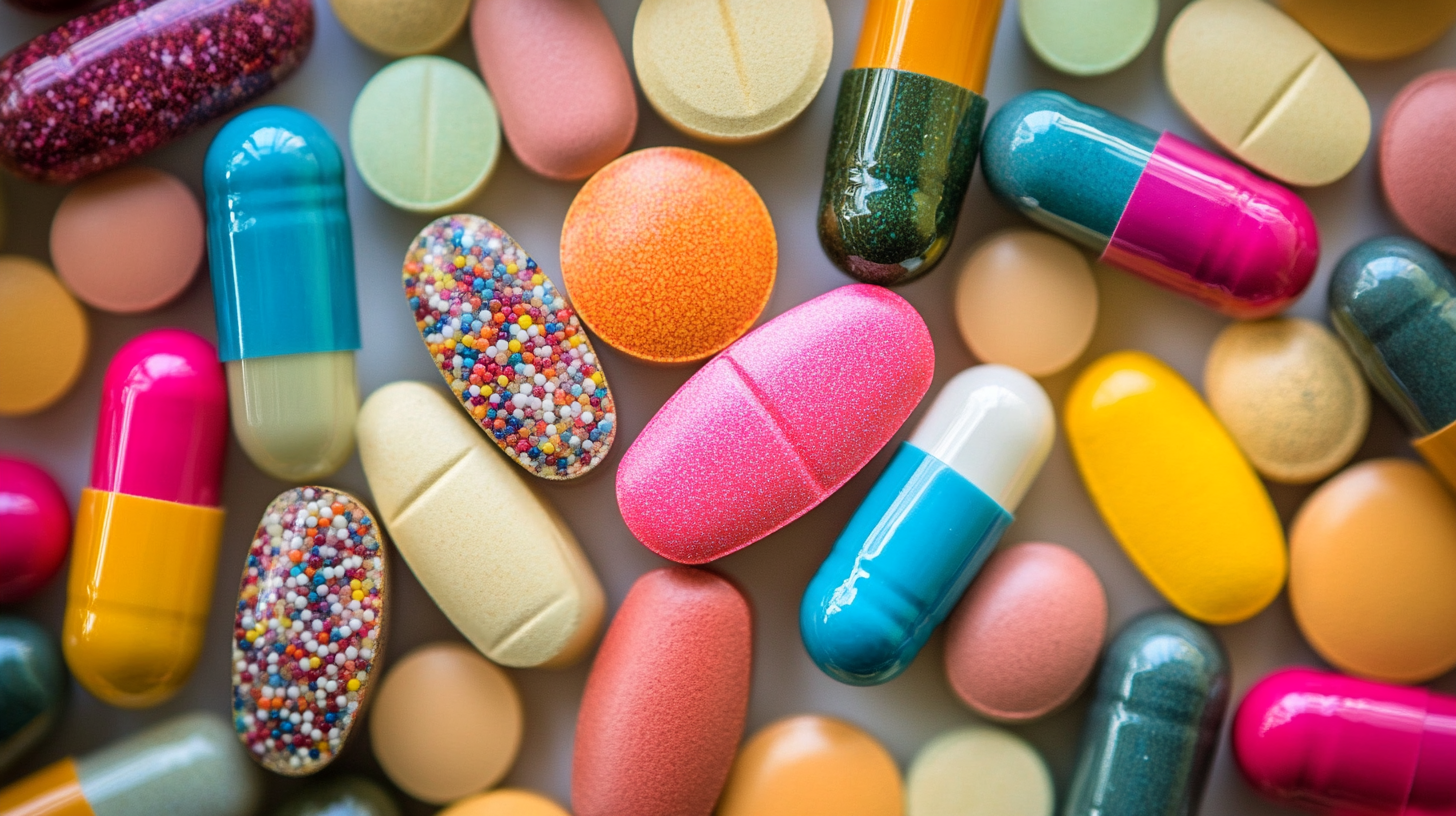In the rapidly evolving landscape of pharmaceuticals, the efficiency of drug product manufacturing has emerged as a critical focal point for companies aiming to enhance their production capabilities while maintaining high-quality standards. As globalization increasingly influences the supply chain dynamics, manufacturers are compelled to adopt innovative methodologies that not only optimize their operations but also address cost-effectiveness and regulatory compliance. This blog will delve into the various manufacturing methods employed across different regions, highlighting the unique challenges and opportunities that exist in the global marketplace.
By examining the diverse approaches to drug product manufacturing, we can gain insights into best practices and cutting-edge technologies that are reshaping the industry. From traditional batch processes to continuous manufacturing paradigms, this discussion aims to provide a comprehensive overview of how these strategies impact overall efficiency, product quality, and time-to-market. Ultimately, understanding these global perspectives will equip stakeholders with the knowledge necessary to navigate the complexities of drug product manufacturing and drive successful outcomes in an increasingly competitive environment.

The efficiency of drug manufacturing methods is crucial for meeting the increasing global demand for pharmaceuticals, particularly in the context of contraceptive products, which have shown significant market growth. As reported by various industry sources, the contraceptive market is projected to reach USD 44 billion by 2025, growing at a CAGR of 6.3%. This surge is largely influenced by rising awareness regarding family planning and increasing access to healthcare worldwide. Key factors impacting manufacturing efficiency include technological advancements, regulatory compliance, and supply chain management. For instance, the integration of automation and digital technologies has been shown to reduce production times and enhance product quality. A report by Deloitte highlighted that pharma companies adopting smart manufacturing practices could increase their production efficiency by up to 30%. Additionally, stringent regulatory requirements can either streamline processes or create bottlenecks, depending on how well companies adapt to these changes. Furthermore, geographical disparities significantly affect drug manufacturing efficiency. In regions with developed manufacturing infrastructures, such as North America and Western Europe, companies benefit from centralized supply chains and advanced technologies. Conversely, in emerging markets, the lack of resources and technical expertise may hinder efficiency gains. According to a McKinsey report, overcoming these challenges is vital for manufacturers aiming to expand their market share in developing countries, especially as the demand for contraceptives continues to grow globally.

In the pharmaceutical industry, the evolution of drug manufacturing techniques has dramatically impacted efficiency and productivity. Traditional methods, often reliant on batch production, face challenges such as longer cycle times and higher operational costs. According to a report by the International Society for Pharmaceutical Engineering (ISPE), batch processing can lead to inefficiencies, with some estimates suggesting that more than 30% of production time can be spent on non-value-adding activities.
In contrast, modern manufacturing techniques, such as continuous manufacturing and the integration of automation and artificial intelligence, have made significant strides in optimizing production. A study from the Pharmaceutical Research and Manufacturers of America (PhRMA) indicates that companies employing continuous processing can reduce production costs by up to 25% and enhance product quality through better control and consistency. These methods not only streamline operations but also allow for faster responses to market demands, which is critical in a rapidly changing healthcare environment.
Moreover, the implementation of advanced analytics and data-driven decision-making in modern drug production provides manufacturers with insights that were previously unattainable. According to research by Deloitte, pharmaceutical companies that utilize advanced manufacturing technologies can increase their operational efficiency by as much as 40%, positively affecting the bottom line and enabling quicker time-to-market for essential medications. The comparative analysis clearly shows that investing in modern manufacturing techniques is not just a trend but a necessity for maintaining competitiveness in the global pharmaceutical landscape.

The pharmaceutical manufacturing landscape is undergoing significant transformations, influenced by evolving regulatory challenges on a global scale. Increasingly stringent guidelines in sterile manufacturing necessitate innovative approaches and significant investment from drug manufacturers. Companies must adapt to these changing regulations not just to comply, but to maintain efficient production processes and ensure the safety and efficacy of their products. According to industry reports, overcoming these regulatory hurdles can reduce time-to-market significantly, leading to increased competitiveness.
Moreover, the global nature of pharmaceutical supply chains means that disruptions, such as proposed tariffs on pharmaceutical imports, could have widespread effects. These tariffs could escalate production costs and lead to drug shortages, particularly as companies navigate already complex regulatory environments. A study notes that nearly 30% of manufacturers reported an increase in logistical challenges due to tariffs, reinforcing the need for supply chain resilience. As highlighted in recent discussions, investing in local capabilities or diversifying supply chains can be strategies that firms employ to mitigate these risks.
In light of the African Continental Free Trade Area (AfCFTA), harmonizing fragmented regulatory systems could present significant opportunities for pharmaceutical companies looking to enhance intra-African trade. Streamlining regulations may facilitate smoother market entry processes, ultimately resulting in cost savings and increased access to medicines across the continent. The balancing act between regulatory compliance, innovation, and market expansion continues to shape the strategies of pharmaceutical firms globally, emphasizing the critical role of regulatory affairs in the industry's future.

In the rapidly evolving field of pharmaceutical manufacturing, innovations are at the forefront of driving efficiency in drug product development. Enhanced technologies, such as continuous manufacturing and advanced process analytical technology (PAT), have gained traction, enabling manufacturers to reduce time-to-market and produce higher-quality products. According to a report by the International Society for Pharmaceutical Engineering (ISPE), the adoption of continuous manufacturing can decrease production times by up to 30% while minimizing waste and enhancing product consistency.
Moreover, artificial intelligence (AI) and machine learning (ML) are transforming drug development processes by optimizing formulation strategies and improving predictive models for clinical trial outcomes. A study published in the Journal of Pharmaceutical Sciences noted that AI-driven algorithms could potentially reduce R&D costs by as much as 25% and accelerate the discovery phase, ultimately leading to faster regulatory approvals and market access.
Robotics and automation also play a vital role in enhancing manufacturing efficiency. The use of automated systems in sterile environments not only speeds up production but also significantly reduces the risk of contamination—a critical factor in drug safety. According to a report from the McKinsey Global Institute, automating pharmaceutical manufacturing processes could lead to a productivity increase of up to 40%.
These innovations are vital as they pave the way for a more efficient pharmaceutical landscape, allowing companies to meet growing global demands while maintaining stringent quality standards. As the industry continues to embrace these technologies, the potential for improved operational efficiency and cost-effectiveness in drug product development is promising.
Sustainability has become an essential consideration in various industries, and drug manufacturing is no exception. As the global demand for pharmaceuticals continues to rise, the spotlight is increasingly on the practices that reduce the environmental footprint of drug production. The integration of sustainability practices, such as green chemistry and waste minimization strategies, not only focuses on reducing harmful emissions and resource consumption but also enhances the overall efficiency and safety of drug manufacturing processes.
One of the key sustainability practices in drug manufacturing involves the adoption of greener solvents and reagents. Traditional methods often rely on hazardous substances that pose risks to both the environment and human health. By transitioning to biobased or less toxic alternatives, manufacturers can significantly lower the environmental impact of their products. Moreover, the implementation of continuous manufacturing processes that allow for real-time monitoring and adaptability can lead to reduced energy consumption and waste generation, promoting a more sustainable operation.
Additionally, global collaboration among stakeholders is critical for advancing sustainability in the pharmaceutical sector. Sharing knowledge, technologies, and best practices across borders helps build a robust framework for sustainable drug manufacturing. Initiatives such as industry-wide sustainability assessments and the establishment of regulatory incentives encourage companies to innovate and invest in greener technologies. As the pharmaceutical industry continues to evolve, the commitment to sustainable practices will play a vital role in ensuring that drug manufacturing not only meets the current needs of society but also preserves the planet for future generations.
